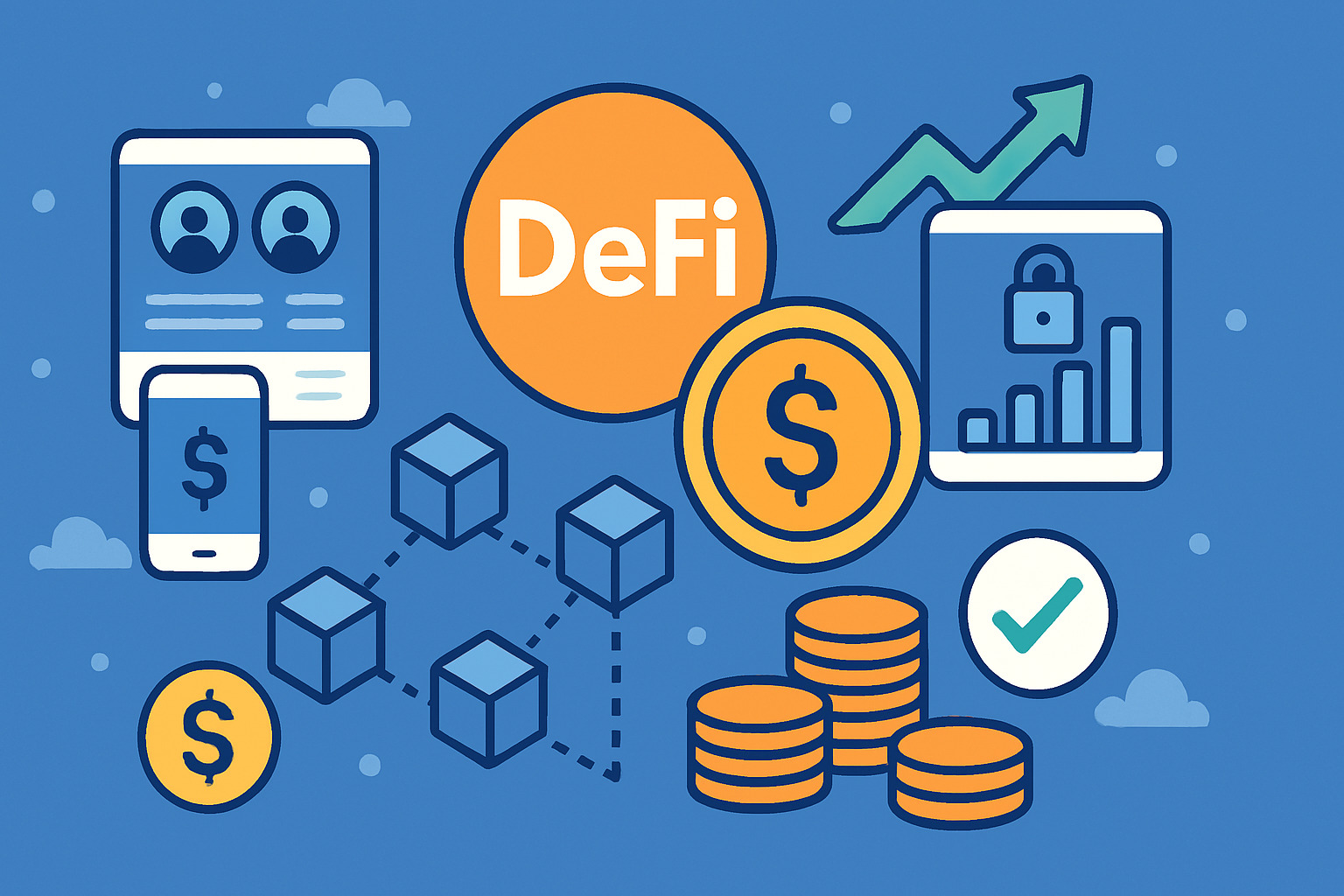
Every transaction in decentralized finance (DeFi) comes at a cost. But not just in gas fees. Developers lose users when fees eat into small trades. Traders avoid networks where costs outweigh profits. Liquidity providers rethink participation when every move chips away at returns.
High fees don’t just slow adoption—they push users to centralized options. That’s why networks with low transaction fees like SmartChain change the game. They remove barriers, making DeFi more accessible, efficient, and profitable for both users and developers.
Let’s break down exactly how SmartChain’s low fees fuel DeFi’s growth in ways most people don’t realize.
More Trades, More Users, More Liquidity
Microtransactions Finally Make Sense
High fees make small transactions pointless. A $5 trade losing $10 to gas? Nobody does that. SmartChain’s low fees allow traders to place micro-orders, rebalance portfolios often, and use DeFi the way it was meant to be used—without hesitation.
This benefits:
- Retail traders who want to experiment with small amounts
- Yield farmers moving assets across liquidity pools
- Arbitrageurs profiting from tiny price differences
Liquidity Providers Earn More
Providing liquidity means constantly moving tokens. On high-fee networks, earnings get slashed by gas costs. SmartChain’s lower fees mean liquidity providers keep more profits and are willing to stake more. That results in:
- Deeper liquidity pools for smoother trades
- Lower slippage for users
- Higher rewards for liquidity providers
More liquidity means better prices and a healthier DeFi ecosystem.
Automated Strategies Work Without Cost Barriers
Bots and smart contracts thrive on frequent transactions. Whether it’s:
- Rebalancing portfolios in real-time
- Running arbitrage bots
- Executing automated lending strategies
Low fees make these strategies viable. Instead of being reserved for whales, algorithmic trading is now open to anyone.
A Stronger Developer Ecosystem
Lower Costs, More Experimentation
Developers avoid building on expensive networks because testing costs add up. Every contract deployment, every function call—each one has a price. On SmartChain, developers can:
- Test new DeFi models without going broke
- Run frequent updates to improve security
- Deploy smart contracts freely without excessive overhead
More experimentation leads to better innovation.
Affordable On-Chain Governance
Many DeFi protocols use on-chain governance, where votes are recorded as transactions. If fees are high, governance gets expensive. SmartChain makes decentralized voting cheap, allowing:
- More frequent proposals
- Higher voter participation
- A truly decentralized decision-making process
Without high costs limiting votes, governance becomes a real community effort.
Unlocking Real-World Use Cases
DeFi Becomes Feasible for Developing Markets
Users in high-fee environments can afford to pay extra for transactions. But in many parts of the world, paying $10+ per transaction isn’t an option. SmartChain’s lower fees make DeFi usable in regions where traditional banking fails.
- Small remittances make sense—workers sending money home don’t lose their earnings to fees.
- Local businesses can use DeFi without making prices impractical.
- People priced out of traditional finance now have an alternative.
Subscription-Based DeFi Services Can Thrive
DeFi is expanding beyond just trading and lending. New services include:
- DeFi-based streaming and content platforms
- Blockchain gaming with on-chain assets
- Decentralized cloud storage paid in crypto
All of these need constant, low-cost transactions. High fees kill the model before it starts. SmartChain enables new DeFi business models that weren’t practical before.
Security and Stability Get a Boost
Fewer Congestion-Related Failures
High-fee networks often suffer from congestion. When traffic spikes, gas prices skyrocket, transactions get stuck, and smart contracts can fail at critical moments.
With SmartChain’s low fees, the network stays fluid even during peak activity. That means:
- No sudden fee surges pricing users out
- DeFi apps remain reliable under heavy load
- Users don’t have to fight for transaction priority
Less Risk of Abandoning Transactions
On expensive chains, users sometimes start transactions and abandon them when fees spike. This clogs mempools, leading to delays for everyone. On SmartChain, transactions remain affordable, preventing these inefficiencies from piling up.
More Affordable Security Audits
Smart contracts need audits to prevent hacks, but audits often involve deploying test versions of contracts on-chain. If fees are high, security becomes an afterthought.
SmartChain’s affordability means:
- Developers can afford multiple rounds of testing
- More frequent audits catch vulnerabilities early
- Protocols remain safer for users
Security isn’t just about code—it’s about making audits accessible.
Converting DeFi Profits into Spendable Assets
As DeFi adoption grows, users need ways to turn crypto earnings into stablecoins or fiat. SmartChain’s low fees make it easier to move funds seamlessly between DeFi projects like lending platforms, yield farming, and liquidity pools. Services like a cryptocurrency converter help users exchange assets efficiently without high network costs, ensuring profits remain intact when shifting between currencies.
Final Thoughts
DeFi is meant to be open to everyone, but high fees create an invisible wall, keeping small traders and innovators out. SmartChain removes that wall, making DeFi accessible, efficient, and profitable for all users.
From enabling microtransactions to supporting high-frequency trading, from lowering the cost of security to making on-chain governance real—low fees aren’t just a perk, they’re a necessity for DeFi’s future.
Developers build more. Traders trade more. The entire ecosystem thrives. That’s why DeFi and SmartChain’s low transaction fees are a perfect match.




